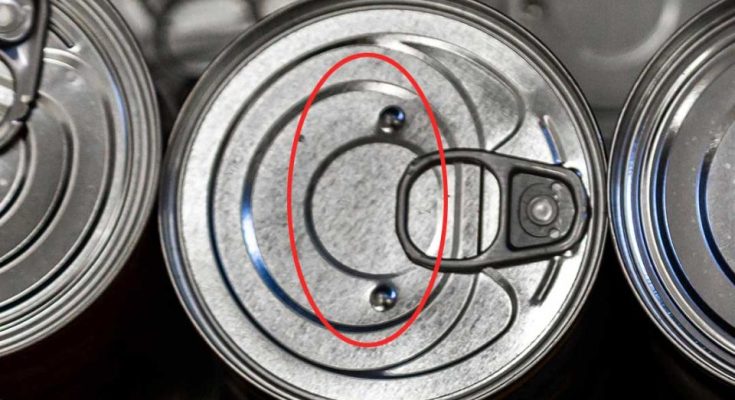|
Tin can lids are ubiquitous in modern packaging, yet few people stop to consider the intricate design elements that make them so effective. Among these features are small dots and raised concentric circles, which serve specific purposes in the manufacturing and usability of canned goods. This article explores the significance of these design elements, shedding light on their roles in the production process and consumer experience.
The Purpose of Small Dots on Tin Can Lids
The small dots on tin can lids are not merely decorative; they play a crucial role in the manufacturing process. These dots are often used as markers for machines that handle the cans during production. They help in aligning the lids correctly and ensuring that the sealing process is both efficient and airtight. Additionally, these dots can serve as indicators for quality control, allowing manufacturers to quickly identify and address any issues with the can’s integrity.
Understanding Raised Concentric Circles
Raised concentric circles on tin can lids are another important feature that enhances the functionality of the packaging. These circles are designed to add structural integrity to the lid, helping it withstand the pressure changes that occur during the canning process. They also provide a tactile guide for consumers, making it easier to locate the area where the can opener should be applied. This design element ensures that the lid can be removed smoothly and safely.
Historical Origins of Tin Can Lid Design
The design of tin can lids has evolved over the years, with each feature developed to address specific challenges in food preservation and packaging. The use of small dots and raised concentric circles can be traced back to early innovations in canning technology, where the need for durable and reliable packaging was paramount. These design elements have been refined over time, incorporating advancements in materials and manufacturing techniques to meet modern standards.
How Dots Prevent Snags During Manufacturing
During the manufacturing process, cans are subjected to various mechanical operations that require precise alignment and handling. The small dots on the lids help prevent snags by providing a textured surface that facilitates smooth movement through machinery. This reduces the risk of damage to the cans and ensures that the production line operates efficiently, minimizing downtime and waste.
The Role of Dots in Lid Alignment
Proper alignment of the lid is essential for ensuring a secure seal, which is critical for preserving the contents of the can. The dots on the lid serve as reference points for alignment, allowing machines to position the lid accurately before it is sealed onto the can. This precision helps maintain the quality and safety of the canned product, preventing contamination and spoilage.
Facilitating Easier Opening with Creases
The raised concentric circles on tin can lids are not only for structural support but also aid in the opening process. These creases act as a guide for can openers, providing a clear path for cutting through the metal. This design feature makes it easier for consumers to open the can without exerting excessive force, reducing the risk of injury and ensuring a smoother experience.
Conclusion: The Functional Design of Tin Can Lids
The small dots and raised concentric circles on tin can lids are more than just aesthetic features; they are integral to the functionality and reliability of canned goods. These design elements have been carefully engineered to enhance the manufacturing process, ensure product safety, and improve consumer convenience. As we continue to rely on canned products for their convenience and shelf stability, understanding the significance of these features highlights the innovation and thoughtfulness behind everyday packaging solutions.
|
Interesting




